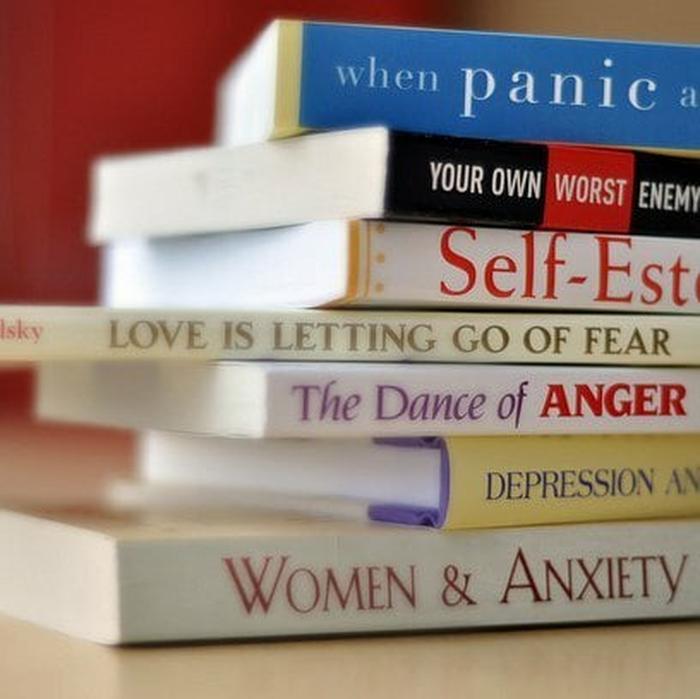
For young professionals, anxiety is pretty ubiquitous—you’ve probably felt your heart pounding before a first date or felt short of breath before speaking in public. These short-lived episodes of worry are not only completely normal, but they can actually be productive—a moderate level of stress can assist you in acing that Calculus final, nailing that marketing presentation, or negotiating that pay raise. It’s a natural form of Red Bull that you can’t find in a can.
But if your anxiety lasts beyond those stressful moments and seeps in to everyday situations, it can be a problem. Too much anxiety can affect your relationships, your work, and even your health. Here’s how recognize the difference between garden-variety hand-wringing and a potential anxiety disorder, and what to do if you see your anxiety getting out of control.
Risk Factors
According to the Anxiety Disorders Association of America, women are twice as likely to suffer from anxiety than are men. Dr. Cynthia Chapman, PsyD, a clinical psychologist specializing in anxiety disorders, sees a common interpersonal theme in working women who visit her practice: “Being a really ‘nice’ person and a high achiever may predispose [someone] to anxiety. They put other people’s needs first, put their needs on the back burner, and have a perfectionist list of ‘shoulds’ and ‘have-to-dos,’” she says. “There are hidden emotional conflicts between what they want to do and what they ‘should’ be doing.”
Keeping it close to the chest can also get a girl in trouble, as a reluctance to share your feelings can cause anxious behaviors. Other factors—childhood trauma, cumulative stress over time, or genetic predisposition—can play a role, too. But, like many other conditions, none of these things are a sure bet for causing anxiety—and having no risk factors at all doesn’t mean you’re in the clear.
When Worry Becomes Worrisome
Anxiety becomes a problem when your worry flip switch gets stuck to the “on” position. “You feel like it’s affecting your relationships, work, and ability to enjoy yourself,” explains Dr. Chapman. “You can’t switch gears.”
According to the Diagnostic and Statistical Manual of Mental Disorders, the gold standard of mental health practice, a formal diagnosis of Generalized Anxiety Disorder can be made when a women suffers from at least six months of hard-to-control chronic worry interfering with daily activities, accompanied by feelings of restlessness, fatigue, trouble concentrating, irritability, muscle tension, or sleep difficulty.
This chronically worried condition can lead to debilitating panic attacks—feelings of intense fear accompanied by adrenaline-charged symptoms like chest pain, dizziness, or shortness of breath. It can also cause introspective ruminating behaviors resulting in loneliness, withdrawal, and depression, according to a study published earlier this month by the American Psychological Association.
Treating Anxiety
If you think you may be suffering from above-normal levels of anxiety, it’s good to know that it is fully treatable condition and there are steps you can take to deal with it. The tips below can help you escape the clutches of an over-active mind:
Above all, remind yourself that it’s okay to be anxious—in fact, the more demand you put on yourself to not be anxious, the more stressed you become. By recognizing, identifying, and coping with anxiety, you stay in control—rather than letting your worry have control over you.